Peace Symbol Gerald Holtom
20 January 1914 – 18 September 1985
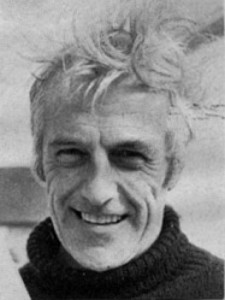
Gerald Holtom is likely a name you don’t know. Ironically, you probably do have something he created and if you don’t you would immediately recognize what he designed. The whole world recognizes what he designed.
Peace Symbol Gerald Holtom
Peace News
As with any historic event, there are many events that precede and lead to it.
Fellowship of Reconciliation
In 1915, sixty-eight pacifists formed The Fellowship of Reconciliation in the United States. Its origins involved opposition to World War I. Its programs and projects involved domestic as well as international issues, and generally emphasized nonviolent alternatives to conflict and the rights of conscience.
Peace News
Peace News is a pacifist magazine first published on 6 June 1936 to serve the peace movement in the United Kingdom.
From it’s site: Peace News seeks to oppose all forms of violence, and to create positive change based on co-operation and responsibility. To create a nonviolent world, we believe we must avoid violence in our struggle for change.
Peace News draws on the traditions of pacifism, feminism, anarchism, socialism, human rights, animal rights and green politics – without dogma, but in the spirit of openness.
Peace Symbol Gerald Holtom
Operation Gandhi
In December 1951 a group initially calling itself ‘Operation Gandhi’ (subsequently renaming itself the Non-Violent Resistance Group) was committed to using Mahātmā Gandhi’s method of nonviolent action in the campaign against war and to building a nonviolent society.
Hugh Brock, then deputy editor of Peace News, was the Operation Gandi secretary and driving force behind the group, whose first action in January 1952 was a sit-down outside the war office in Whitehall.
The group went on to organise a series of demonstrations, including two at Britain’s nuclear bomb factory at Aldermaston in 1952 and 1953; at the US Air Force base at Mildenhall in Suffolk; at the microbiological research establishment at Porton Down; and at the atomic weapons research establishment at Harwell.
Other Warnings
Russell-Einstein Manifesto
On July 9, 1955, philosopher Bertrand Russell and physicist Albert Einstein (who had just died on April 18) released their Russell-Einstein Manifesto. It called for a conference and warned leaders of the world about the dire consequences of a nuclear war. They urged peaceful resolution to international conflict to avoid “universal death.”
Pugwash Conference of 1957
Held in July, 1957, the Pugwash Conference was that conference. Joseph Rotblat and Bertrand Russell organized it. The meeting brought together scholars and public figures to work toward reducing the danger of armed conflict and to seek solutions to global security threats. It was held in Pugwash, Nova Scotia, Canada.
Rotblat and the Pugwash Conference would jointly win the Nobel Peace Prize in 1995 for their efforts on nuclear disarmament.
Peace Symbol Gerald Holtom
1st UK H-Bomb
While the United Kingdom’s Labor Party’s H-Bomb Campaign Committee and the National Council for the Abolition of Nuclear Weapons Tests favored public meetings, petitions and education work, those in favor of direct action against the test set up an emergency committee to organise and finance a voyage to the test zone of the UK’s first hydrogen bomb test at Christmas Island on 8 November 1957 by pacifist Harold Steele.
Peace Symbol Gerald Holtom
World Annihilation
From that test and the publicity surrounding it, the time for a mass march in opposition to nuclear weapons seem to have arrived.
The Aldermaston March at Easter was born. The UK’s Atomic Weapons Establishment (AWE) is less than 1 mile south of Aldermaston. AWE is where the UK designs and manufactures the warheads for its stock of Trident missiles, and where decommissioned and redundant nuclear warheads are dismantled.
There had been earlier demonstrations at Aldermaston in the 1950s which had simply comprised of hiring a bus to the site, marching round the base, and holding an open-air meeting in the nearby village itself.
This march would take four days.
Keep in mind that by 1958, the growing nuclear arsenals had become capable of destroying all humans and the world as we know it. Each of the three countries with atomic bombs, the UK, US, and USSR, continued to develop more powerful bombs, test them, as well as developing ways to deliver them.
Today, nine countries have nuclear weapons: the United States, United Kingdom, Russia, France, China, India, Pakistan, Israel and North Korea.
Peace Symbol Gerald Holtom
DAC
The Direct Action Committee Against Nuclear War [DAC] had its roots from Operation Gandhi led the March’s organization. Michael Randle, Hugh Brock, Patricia Arrowsmith, and others had formed DAC in the late summer of 1957
The three headed Aldermaston March Committee .
Campaign for Nuclear Disarmament
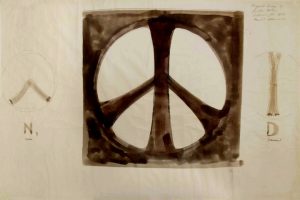
The Campaign for Nuclear Disarmament [CND] was another nuclear disarmament group that evolved out of the National Council for the Abolition of Nuclear Weapons Tests. On January 27, 1958 the Council had changed its name to the CND and on February 17, 1958 had had its founding meeting in Westminster, England.
Bertrand Russell was elected the CND president and John Collins of London’s St Paul Cathedral its chairman.
CND wanted an image to represent their organization during the Aldermaston Easter March.
Gerald Holtom
Gerald Holtom was a professional artist, textile designer, and graduate of the Royal College of Arts in London. He had presented a symbol he had designed at the February 17 meeting, but decided to tweak the symbol and came back the following day.
On that day the symbol simply communicated two of the organization’s initials: N and D.
In the 19th century flag communication system known as semaphore, the letter N is represented by holding the two signal flags angled at one’s side:
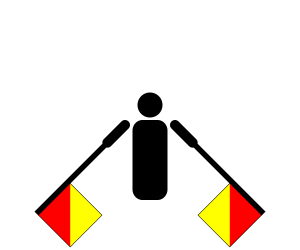
The letter D is represented by holding the flags vertically:
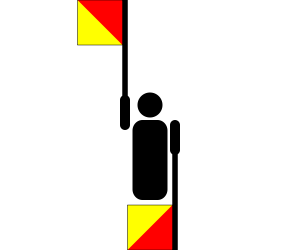
Overlapped and surrounded by a circle they appear thusly:
It is not…
A) a chicken foot.
B) a B-52 bomber.
C) a broken Christian cross
D) nor whatever else someone has told you unless it’s the above
Peace Symbol Gerald Holtom
Peace News
Though unsure at first, on February 21, the DAC committee decided to accept the symbol and give the job of banner arrangement to Holtom.
The CDC site expands on the story: [Holtom] later wrote to Hugh Brock, editor of Peace News, explaining the genesis of his idea in greater, more personal depth:
“I was in despair. Deep despair. I drew myself: the representative of an individual in despair, with hands palm outstretched outwards and downwards in the manner of Goya’s peasant before the firing squad. I formalised the drawing into a line and put a circle round it.”
… Holtom had originally considered using the Christian cross symbol within a circle as the motif for the march but various priests he had approached with the suggestion were not happy at the idea of using the cross on a protest march.”
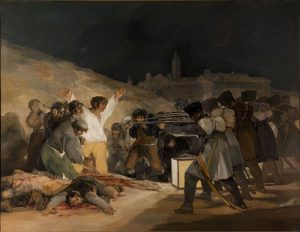
Peace Symbol Gerald Holtom
Aldermaston March at Easter
On April 4, 1958 the walk began and several thousand people marched for four days from Trafalgar Square, London, to the Atomic Weapons Establishment to demonstrate their opposition to nuclear weapons.
Peace Symbol Gerald Holtom
More about Gerald Holtom
Gerald Holtom was born on January 20, 1914. He died on September 18, 1985…
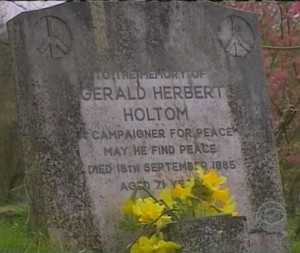
…but of course the symbol he designed continues to be a part of the expression of peace and hope in an atmosphere of irrational aggression.
Further reading: Hyperallergic site article
Peace Symbol Gerald Holtom
In 2019 the podcast 99% Invisible had an episode entitled: Ubiquitous Icons: Peace, Power, and Happiness. In it, an additional bit of information about the peace symbol came to light. If the symbol is inverted:
The semaphore letter “N” becomes the semaphore letter “U.” Holtom was aware of this possibility and said that the symbol was also one of “Universal Disarmament.”
Peace Symbol Gerald Holtom
On October 6, 2018, a plaque was put up at 3 Blackstock Road, North London, to honour Gerald Holtom. It was there, in the PN office, in February 1958, that Gerald first presented sketches for the symbol to PN editor Hugh Brock and other organisers of the Direct Action Committee.
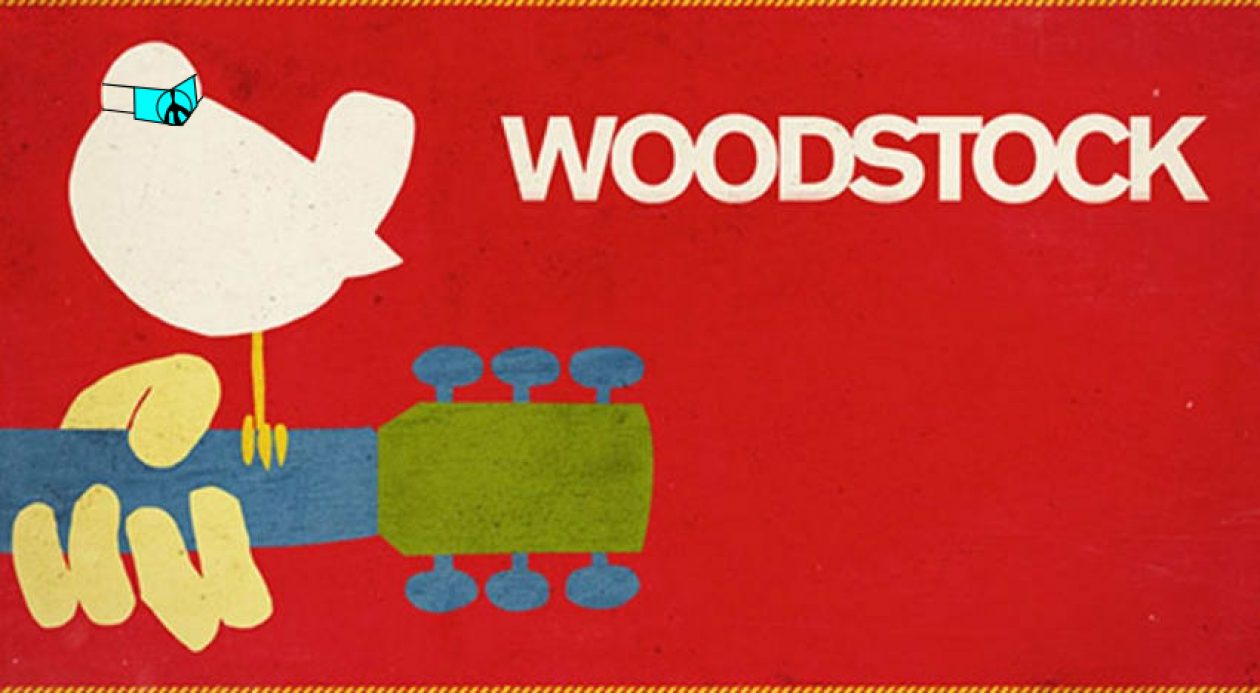
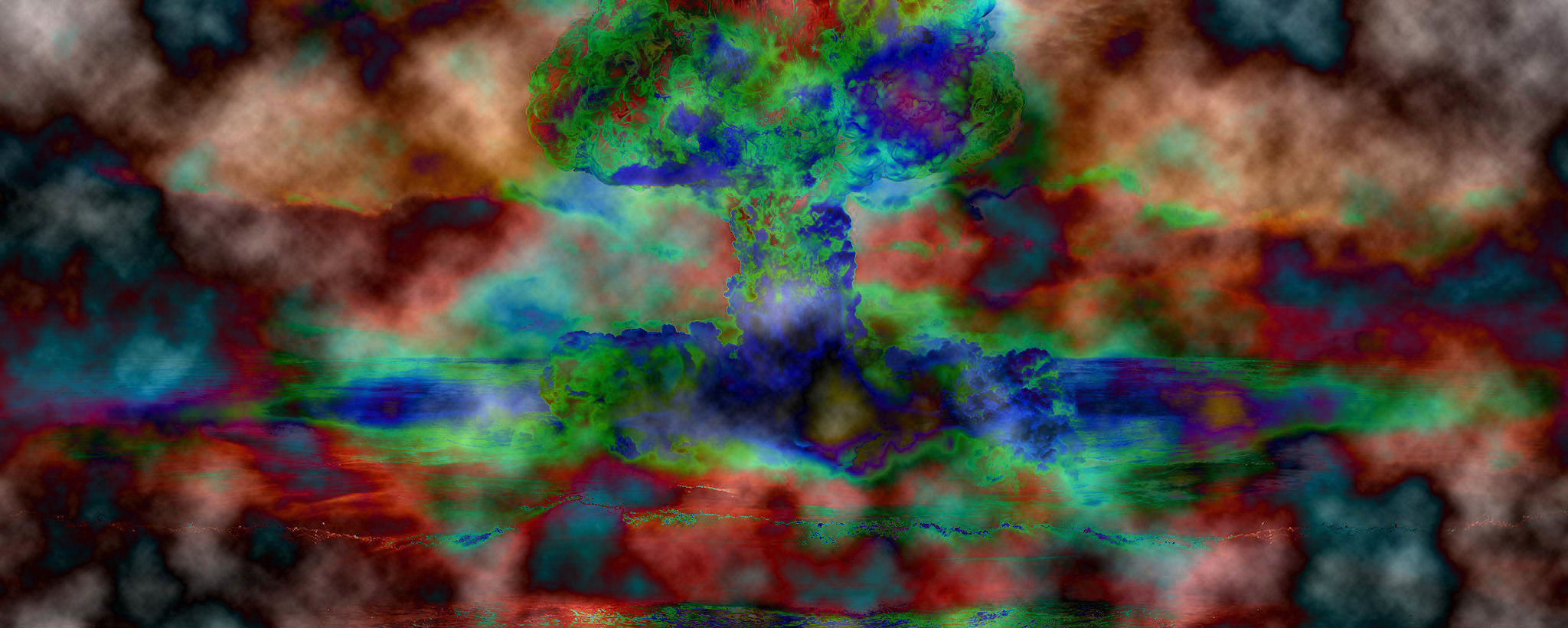


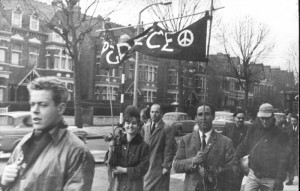
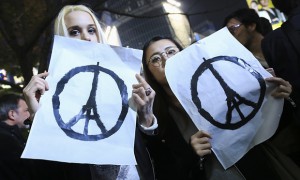
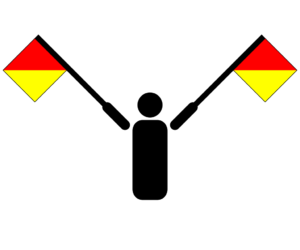

Thank you for this information on Gerald Holtom.
I have tattooed my front lawn with the peace symbol, and now, at last, I have factual information to tell people WHY I have done it.
Glad to help out. I never knew about Holtom and the symbol’s original meaning until a few years ago. Nice that the info is spreading.
Tank you so much for posting the true history of the peace sign.
So glad to know the origin.
peacefence.com
It’s surprising how few of us know its history. Thank you.